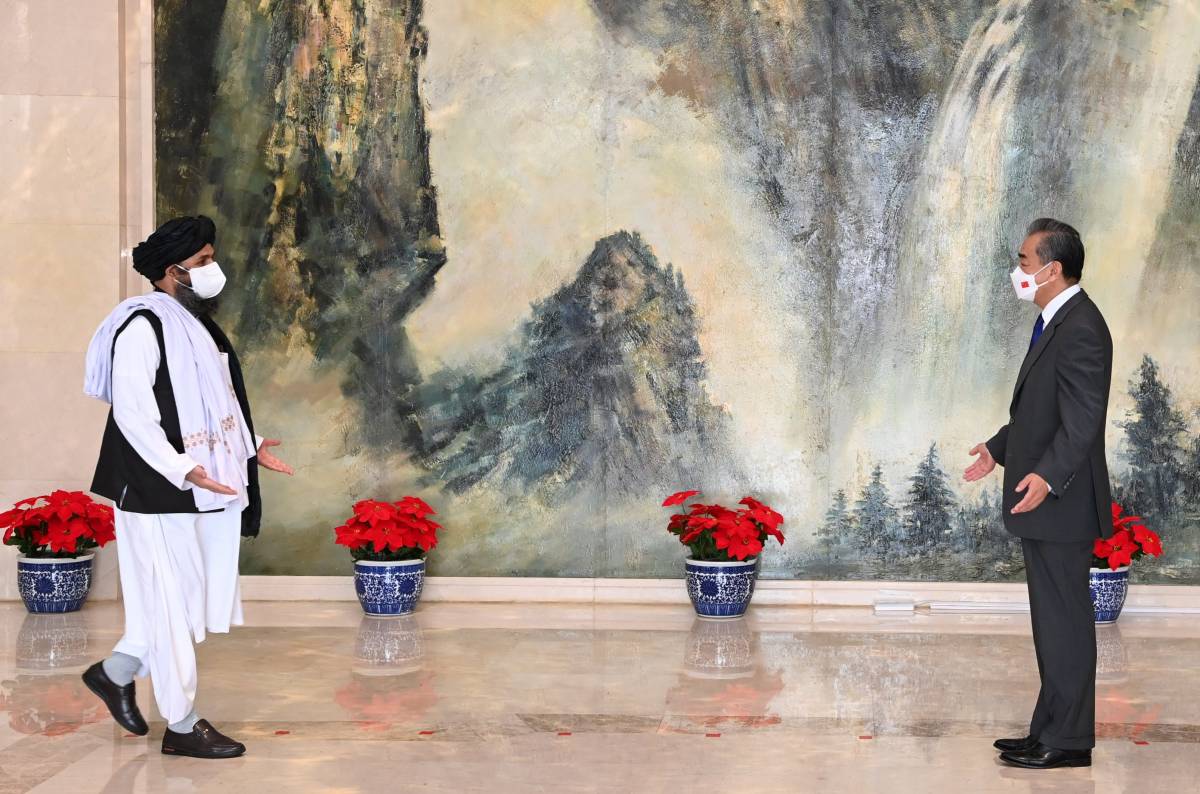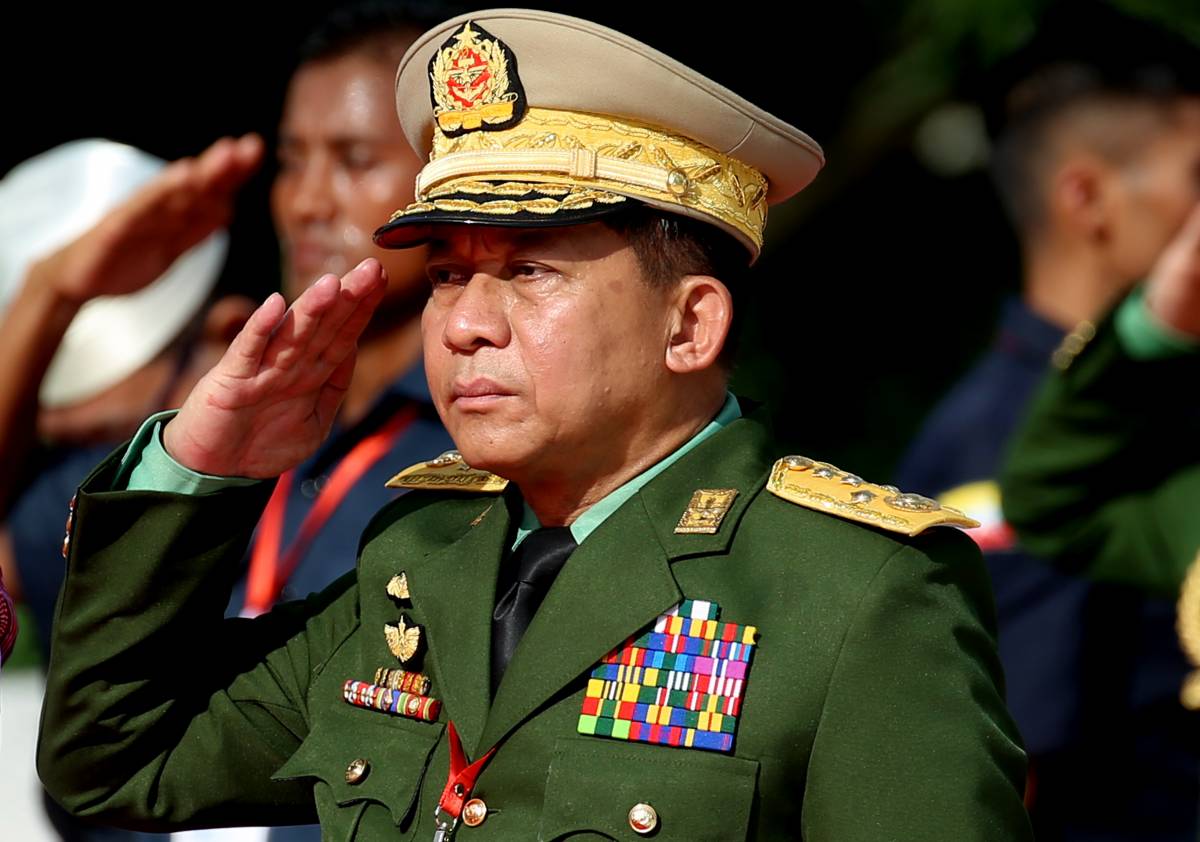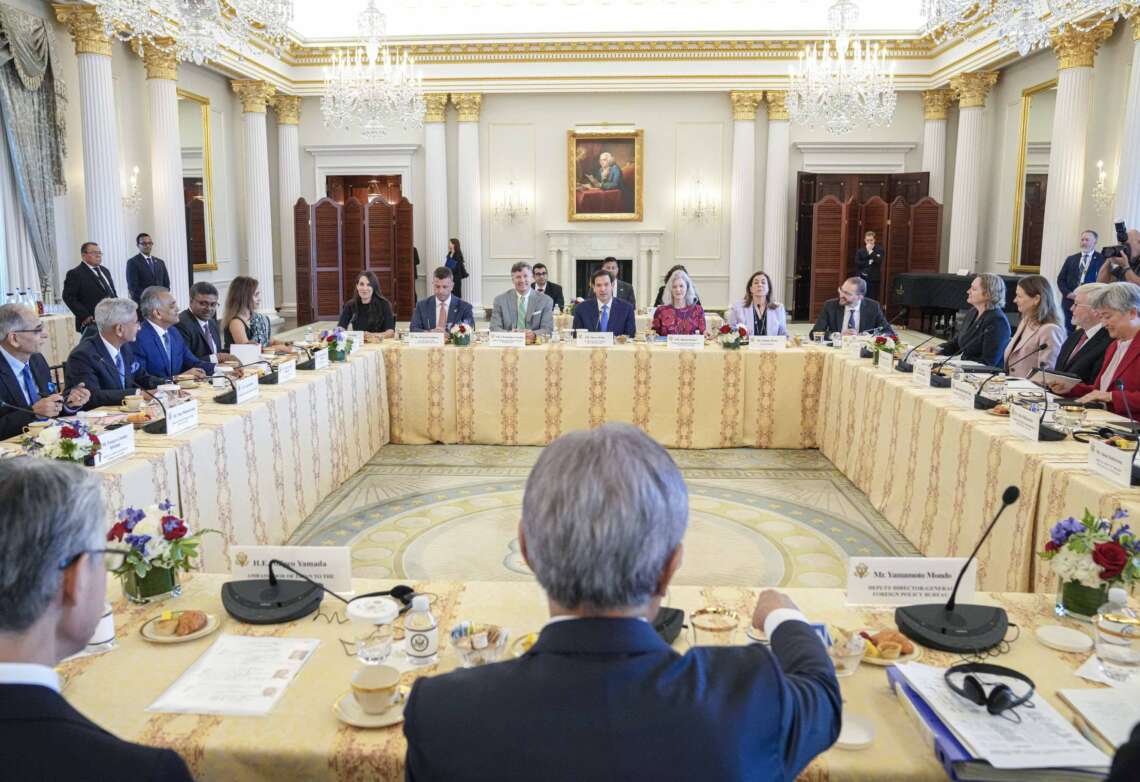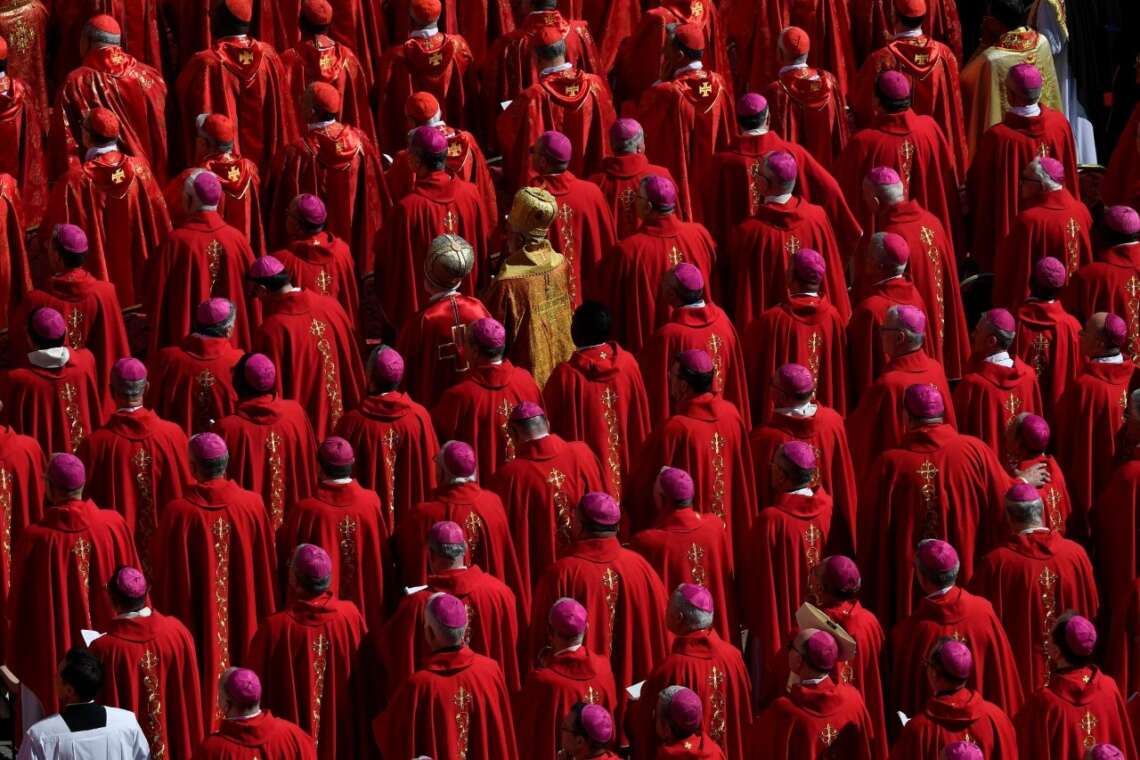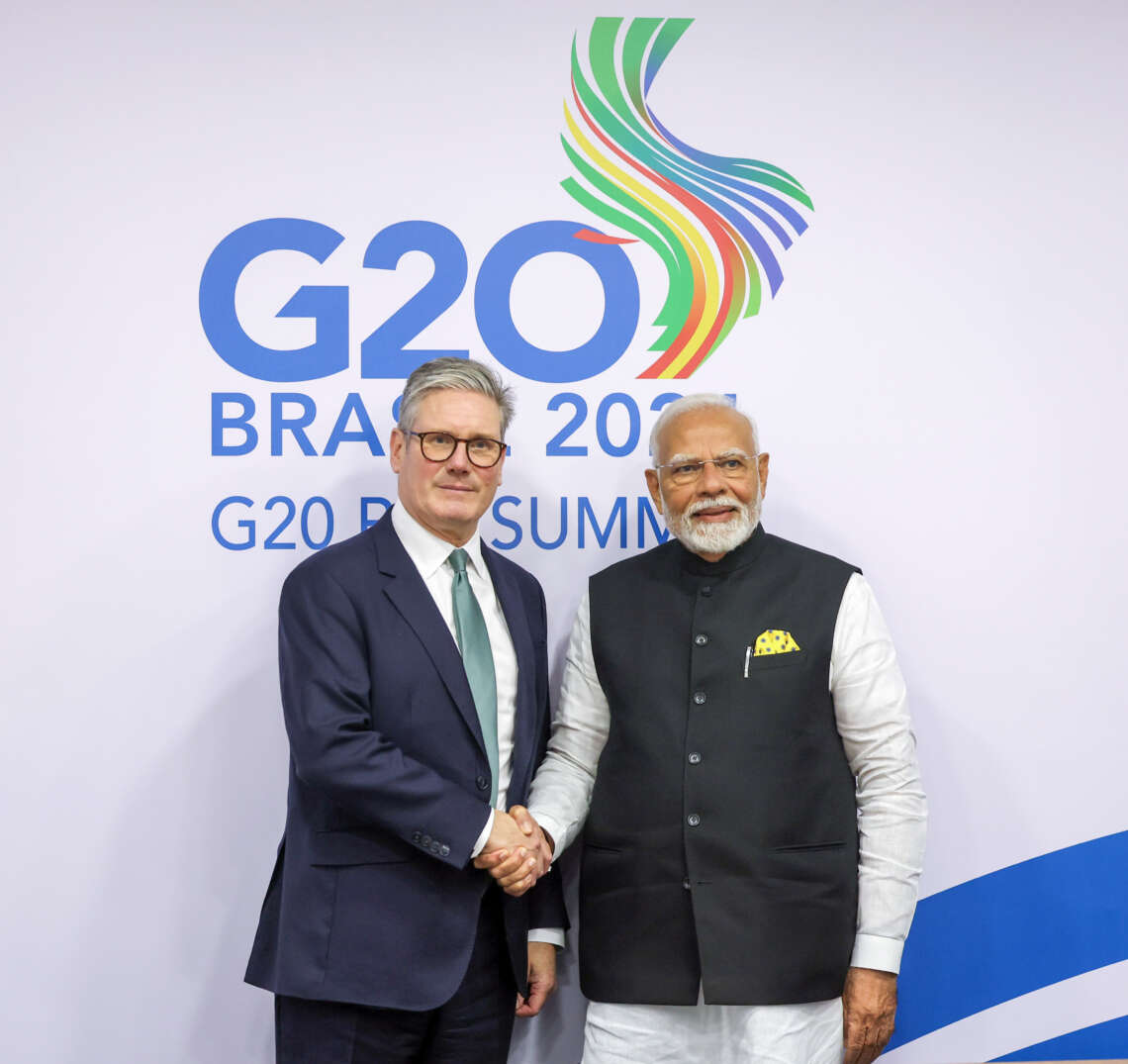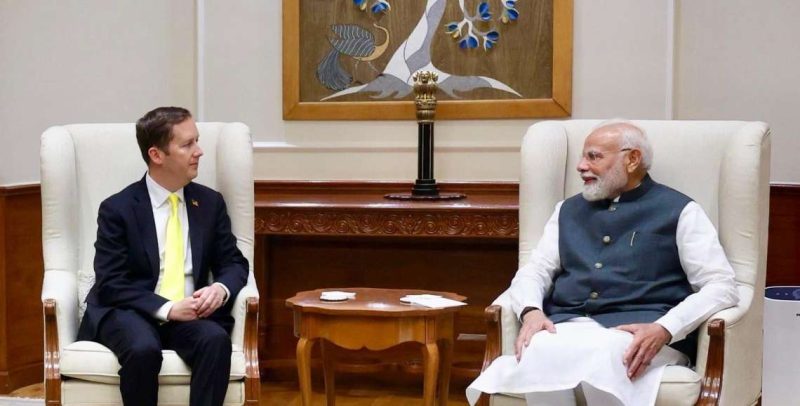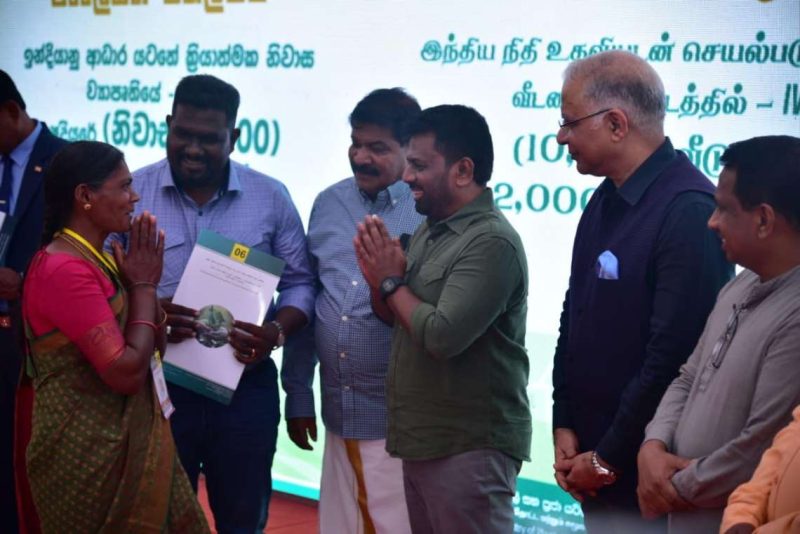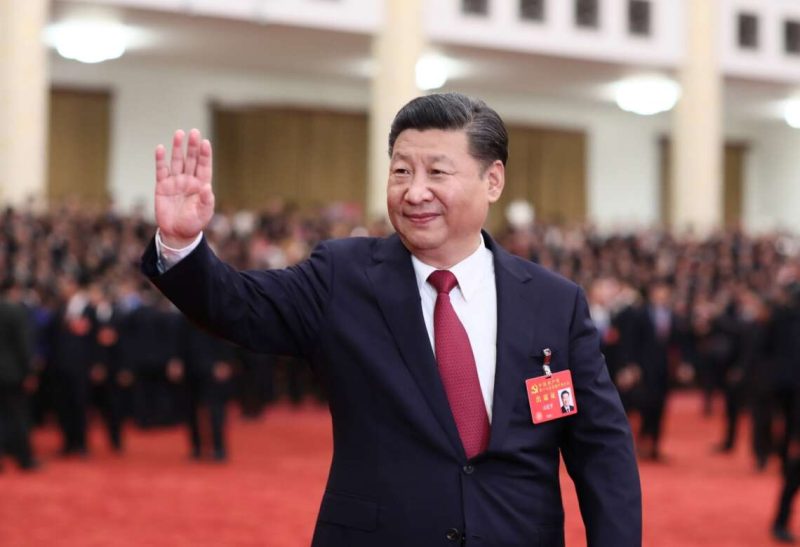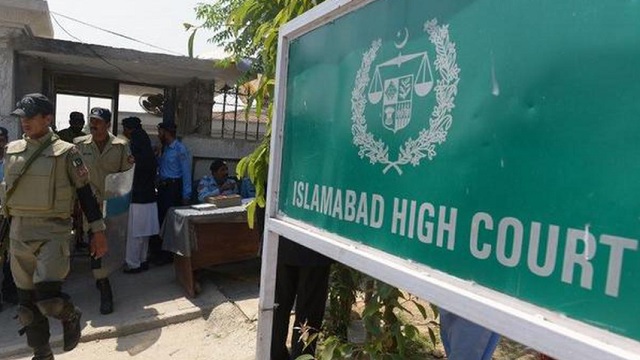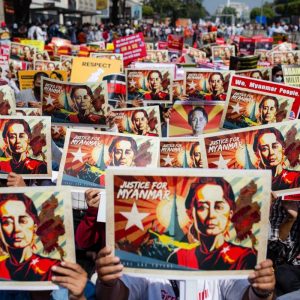Dr Thushara Fernando, WHO Representative to Myanmar, warned in a video conference that the risk of infectious disease outbreaks among the displaced is increasing
More than 3,700 people have lost their lives and nearly 5,100 have been injured, with 114 people still missing and tens of thousands displaced and living in makeshift tents, the World Health Organisation (WHO) said in a new statistic on the victims of two powerful earthquakes in Myanmar.
Dr Thushara Fernando, WHO Representative to Myanmar, warned in a video conference for journalists in Geneva that the risk of infectious disease outbreaks among the displaced and those living near water ponds is increasing and that the threat of dengue fever and malaria is becoming a reality with the approaching monsoon and contaminated water sources.
The international organisation has responded quickly, but the needs are immense, Thushara said. He emphasised that the humanitarian work there is now at a critical stage and that without urgent and sustained funding, the risk of a secondary health crisis will erupt.
The health organisation is appealing for $8 million to continue operations, prevent disease outbreaks and continue to provide basic care in the near future, he said.
In the aftermath of the magnitude 7.7 and 6.4 earthquakes that struck central Myanmar on March 28, the World Health Organization (WHO) is warning of a series of rapidly rising health threats for tens of thousands of displaced people in earthquake-affected areas: tuberculosis (TB), HIV, vector- and water-borne diseases.
More than 3.5 million people in Myanmar were already displaced before the earthquakes. Tens of thousands are now homeless, according to the WHO South East Asia statement.
Overcrowded shelters, poor sanitation, damaged infrastructure and limited health services are driving up the risk of disease, compounding an already fragile situation.
WHO South East Asia statement noted, Myanmar has one of the highest TB burdens in the WHO South-East Asia Region. In 2020, an estimated 167,000 people fell ill with TB and around 22,000 died from the disease. This includes 2900 people living with HIV. A national Epidemiological Review of TB conducted in early April, amid the earthquake response, found that while surveillance systems in some areas remain functional, access to care is increasingly uneven.
TB teams are continuing services where possible, in improvised spaces like staff housing and community halls, but these arrangements are far from adequate. The review highlights the urgent need to expand molecular testing, strengthen TB-HIV coordination and scale up community-based detection, which WHO and partners are working urgently to ensure.
“Lives are at stake,” said Thushara Fernando, WHO Representative to Myanmar. “People living with TB or HIV, and communities at risk of dengue and malaria, cannot wait for health systems to be rebuilt. That is why WHO is supporting partners on the ground to maintain continuity of care and prevent the spread of infectious diseases – even under extremely difficult conditions.”
The HIV response, closely coordinated with TB efforts, has also been significantly disrupted. An estimated 280,000 people in Myanmar are living with HIV, but in 2023, only 70 per cent were receiving antiretroviral therapy. Many of the hardest-hit areas were already underserved. Now, with clinics damaged and outreach suspended, access has declined further, particularly among key populations such as sex workers, people who inject drugs, and men who have sex with men, as per the WHO South East Asia.
As Myanmar enters the monsoon season, the risk of mosquito-borne disease outbreaks is growing. In 2023 Myanmar reported over 16 000 dengue cases and 77 deaths, many among children. Earthquake-hit communities now living in overcrowded shelters without proper drainage or sanitation face an escalating risk as mosquito breeding accelerates. Pregnant women and children are especially vulnerable.
To prevent a second wave of suffering, the WHO has launched a targeted dengue prevention initiative in coordination with national and local partners.
This includes the distribution of over 4500 rapid diagnostic test kits to frontline responders, 6.2 tonnes of Temephos for larviciding in mosquito breeding sites, and 500 insecticide-treated tent nets to protect infants and children in the hardest-hit areas.
WHO Southeast Asia stated that water-borne diseases are a growing threat. Myanmar has a history of cholera outbreaks, and risks are rising. Clusters of acute watery diarrhoea have already been reported.
WHO has activated early warning systems and delivered medicines for case management of acute watery diarrhoea and cholera, including rehydration salts and IV fluids. Work with partners to improve water safety, hygiene and sanitation in high-risk areas continues.
The coming weeks are critical. Coordinated action is urgently needed to restore basic services, ensure continuity of treatment and prevent a secondary health crisis. To sustain the emergency response and deliver life-saving assistance, WHO has appealed for $8 million to support operations and deliver critical health assistance where it is needed most.
WHO is also calling on individuals, businesses and philanthropic institutions to contribute. The WHO Foundation has launched a Myanmar Earthquake Appeal, enabling direct support for critical health interventions in the most affected areas.
WHO has so far mobilized almost 140 tonnes of medicines, medical devices and supplies from within Myanmar and from global stockpiles, able to meet the basic health needs of around 450 000 people for about three months. It has mobilized and is coordinating 16 Emergency Medical Teams which are now providing life-saving emergency and primary care.
WHO remains fully committed to supporting the people of Myanmar through every phase of this crisis, from emergency response and relief to resilience and recovery.
“We must respond at the scale of the challenge,” said Dr Fernando. “This is no longer just a natural disaster, it is a complex and evolving health emergency. The people of Myanmar deserve no less.”



